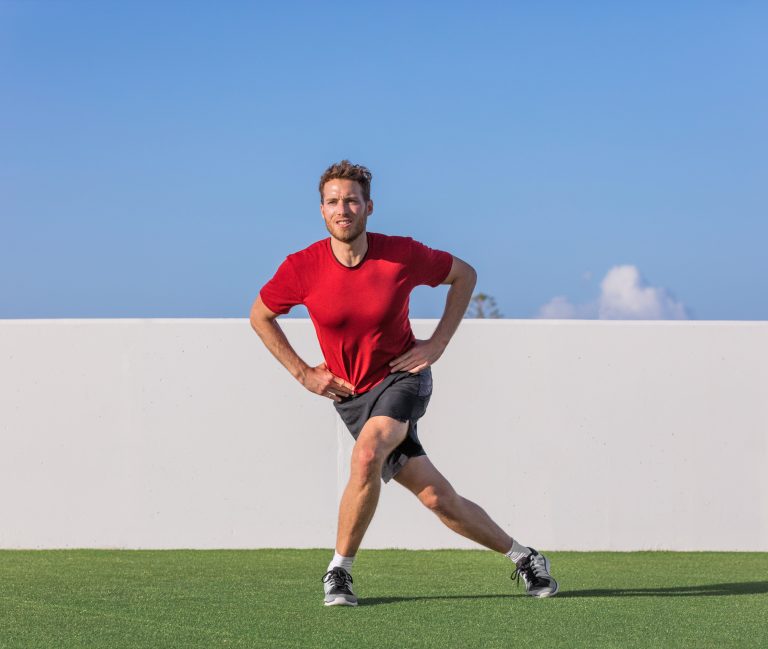Training to Avoid Muscle Strains
I hope you have all had a good summer, and feel fresh and raring to go as we enter the autumn months.
If, like me, you are getting back to your workouts after a break in routine, then you might consider how to prevent a muscle strain occurring. The subject of the following podcast by the Gray Institute relates to hamstring injuries, but the same really goes for all muscles in the body:
https://www.grayinstitute.com/blog/post/658/hamstring-injuries-treatment
The gist is – as with most muscles – that we need to train the hamstrings to do that which we do in function: walk, run, jump, twist etc. Therefore, training hamstrings for flexibility, strength, stability, and endurance, is best done with a variety of functional movements – lunges, squats, jumps, reaches – that occur in three planes of motion (as opposed, for example, to strengthening using a machine performing exercises like hamstring curls, and/or stretching in one plane of motion). If the hamstrings could speak, they might ask why would we choose to train them in a way in which they don’t function in daily life?
Happy training!
Alison






